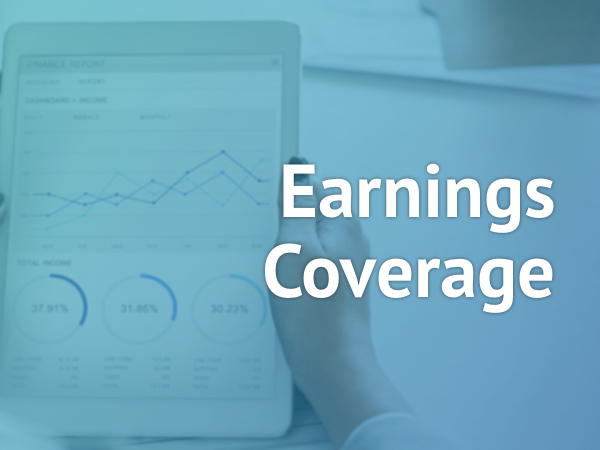PTC India Financial Services Limited (PFS) is a NBFC registered with RBI which holds the status of Infrastructure Finance Company. It provides equity/debt financing solutions to the energy value chain.
- PTC India Financial Services Ltd reported Total revenue for Q4 FY23 of ₹194 Crore, down from ₹228 Crore year on year depicting a decline of 15%.
- Total Expenses for Q4 FY23 of ₹48 Crore down, from ₹61 Crore year on year, a decline of 21%.
- Consolidated Net Profit of ₹36 Crore, up 44% from ₹25 Crore in the same quarter of the previous year.
- The Earnings per Share is ₹0.57, up 46% from ₹0.39 in the same quarter of the previous year.


